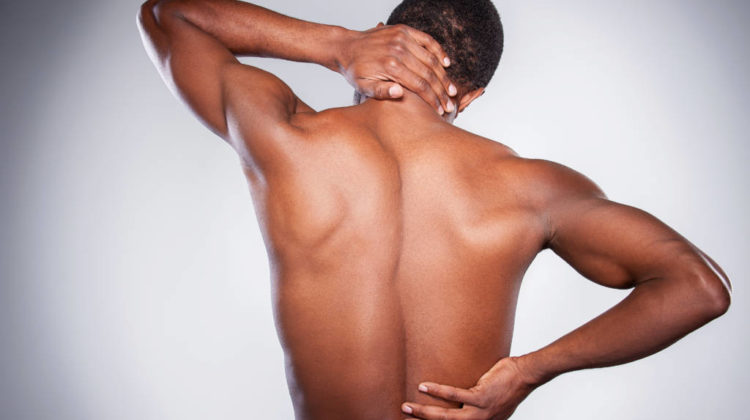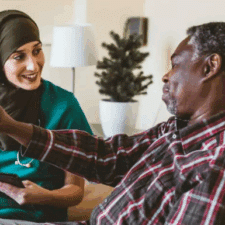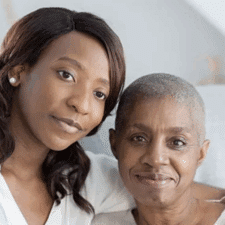
Have you ever wondered why elite endurance athletes appear immune to pain? No, it isn’t just because they binge on motivational books. In most cases, these athletes can withstand such high exertion levels because they have higher pain tolerance.
Pain tolerance is simply the maximum level of pain an individual can endure. Commonly, this is mistaken for pain threshold. Pain threshold is the least amount of discomfort you can be exposed to when you start experiencing pain.
My pain threshold and tolerance are different from yours. These margins are essentially determined by how your brain interacts comprehensively with your nerves. So here is the question I expect you to ask me at this point: “why is pain tolerance higher in some people and lower in others?”
Determinants of pain tolerance across individuals
Pain is intrinsic to your existence. Pain – as a sensation – is the effect of communication between your nerves and brain through the spinal cord conduit. Often, these nerves are interacting with their environment and transmitting signals to the brain accordingly. When you experience discomfort, the brain interprets the relayed signals as pain. This can be followed by an impulsive attempt to avoid the source of the pain.
This is why when you get in touch with a hot pot, you appear to withdraw your hand when you feel pain instinctively. So the extent to which you can bear this pain is defined by a host of factors delicately intermingling to shape the interaction between your body and brain.
The most common factors influencing pain tolerance include age, genetic, sex, stress, past experiences, and even mental illness.
Twin studies appreciably assert that genetic influences are responsible for half of the variances in chronic pain. Furthermore, studies reveal that gene polymorphisms influence the serotonergic and catecholaminergic systems. These systems are closely associated with Fibromyalgia (FM) and other chronic pain disorders like temporomandibular disorder (TMD).
Then comes the sex determinant. Studies show that women tend to bear pain more than men. There are also cases when individuals suffering chronic illnesses like migraines have their pain tolerance disrupted. When you are in an over-stressed situation, your pain sensitivity amplifies, making your pain feel more discomfiting, if not unbearable.
Amazing techniques to raise your pain tolerance
Great, having told you what essentially determines your pain tolerance, ride on with me, let me teach you how to hack your sensitivity to pain, allowing you to hike your resistance to pain.
Yoga can get the job done
I will tell you for free; the yoga bandwagon is swelling aggressively. The number of Americans practicing yoga swelled by 50% between 2012 and 2016, with about 300 million people doing yoga globally. By combining meditation with mental conditioning and physical postures, yoga can help you raise your pain tolerance. Marveled?
Research showed that North American yogis had as much as twice the pain tolerance as individually matched controls. The study further reveals that these North American yoga enthusiasts had a relatively increased amount of gray matter in several brain regions associated with pain regulation, pain processing, and attentiveness.
Speak the pain out
I used to wonder why I feel better when I voiced my pain. The polite “ows” and discourteous “damns” tend to alleviate the pain. Well, this wasn’t unnatural, as vocalization has a unique way of increasing your pain tolerance. In an insightful study back in 2015, participants did a cold pressor test, and those who vocalized their discomfort were discovered to withstand the pain more.
Basically, a cold pressor test is a pain tolerance measurement test where your hand is submerged in a bucket filled with ice-cold water. You then tell the administrator when you begin to feel pain. Now, in this study, participants who were directed to say “ow” when they had their hands dipped in the ice-cold bucket could stay more submerged than those who were instructed to be mum upon submersion.
Your Aerobics help too
Aerobic exercises are fantastic at improving your pain tolerance. This regimen excels at reducing your pain perception.When you religiously perform aerobics like three times (say 30 minutes for every session) every seven days, you can up your resilience to pain.
A study reveals that an aerobic exercise like cycling (moderate to high-intensity) can significantly raise pain tolerance, however having zero impact on your pain threshold.
Body relaxing breathing exercises can diminish your pain sensitivity. Come on, these exercises can be as simple as they come. For instance, you can simply sit in a straight backed chair, shutting your eyes.
Breathe in for five seconds, ensuring to hold your breath for some seconds before exhaling. The exhalation could span 5-7 seconds. Repeating this about ten times can introduce more tranquillity, getting you more relaxed and reducing your pain reception.
How well are you sleeping?
I am one of the very few that can sleep through their own wedding. Yes, and I love sleep and it even more fun learning that good sleep improves your pain tolerance.
People with poor sleeping habits or those who find it hard to sleep have lower pain tolerance. Specifically, people who experience insomnia more than once in 7 days were found in a Norwegian study to have far lesser pain tolerance when compared to people who enjoy healthy sleep. It is advisable to get 7-9 hours of quality sleep every night.
Wrapping things up, you could also resort to cognitive-behavioral therapy to enhance your pain tolerance. In this psychotherapy, you get negative thoughts eliminated and replaced with healthier thoughts. This would reinvent your perspective of pain, eventually helping you reduce the distress associated with it.








